On Belonging
Collaborative projects by Lois Bielefeld and Nirmal Raja
In response to increasing racial polarity in the United States, Nirmal Raja and Lois Bielefeld have launched two collaborative projects exploring identity, place, and belonging. While one project examines the role of costume and our visual understanding of race, the other questions the veracity of recorded history and our attempts to contend with it.
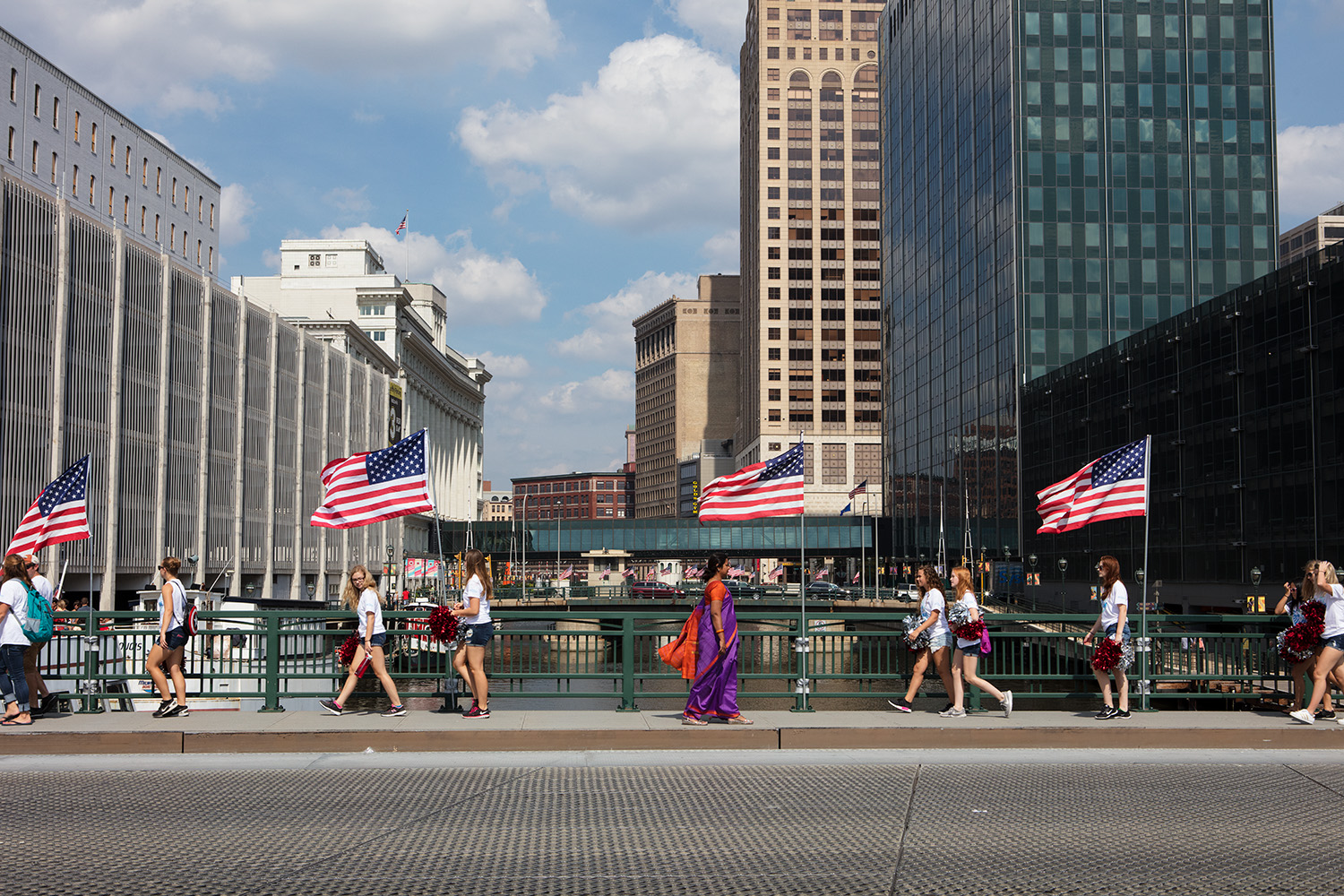
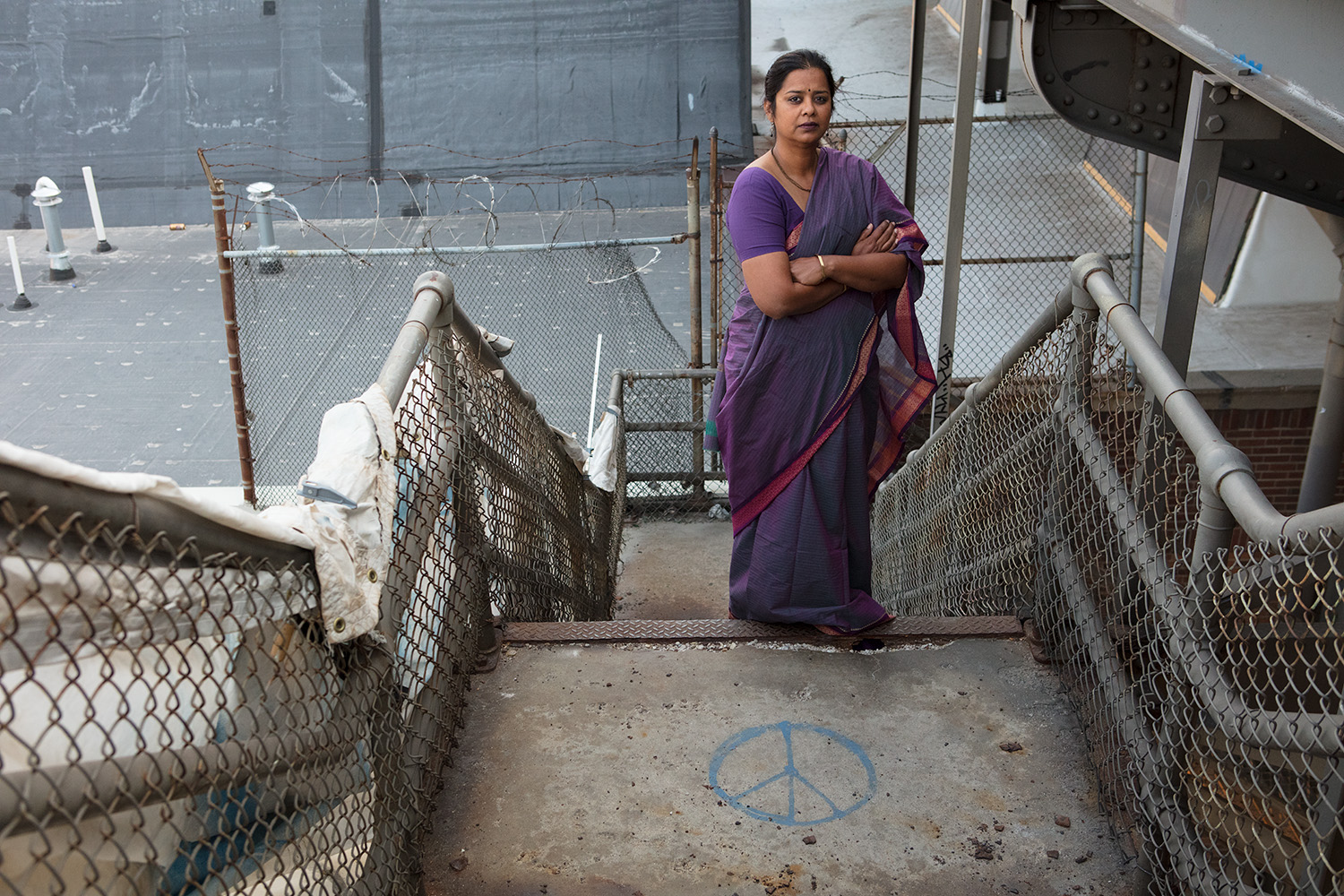
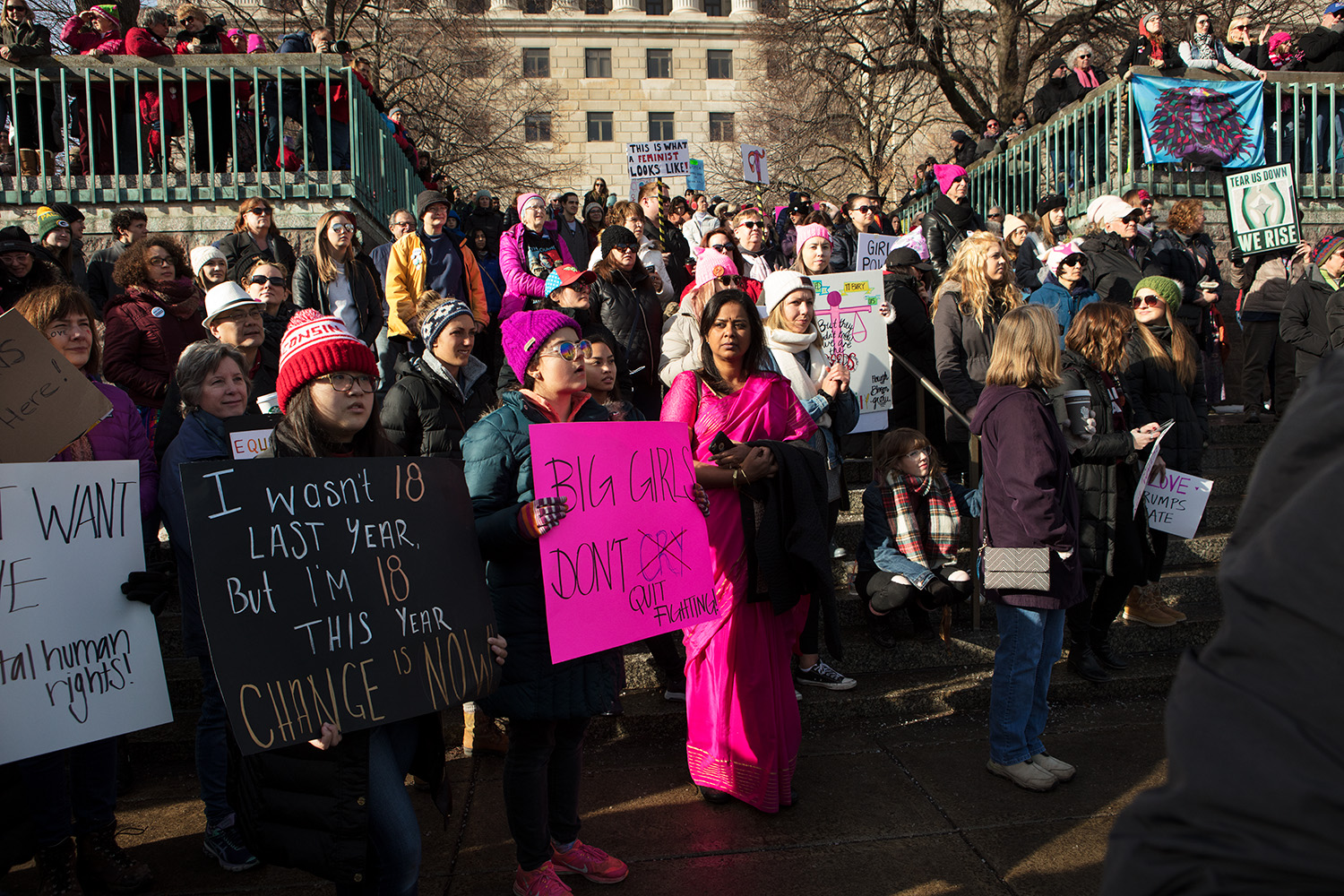

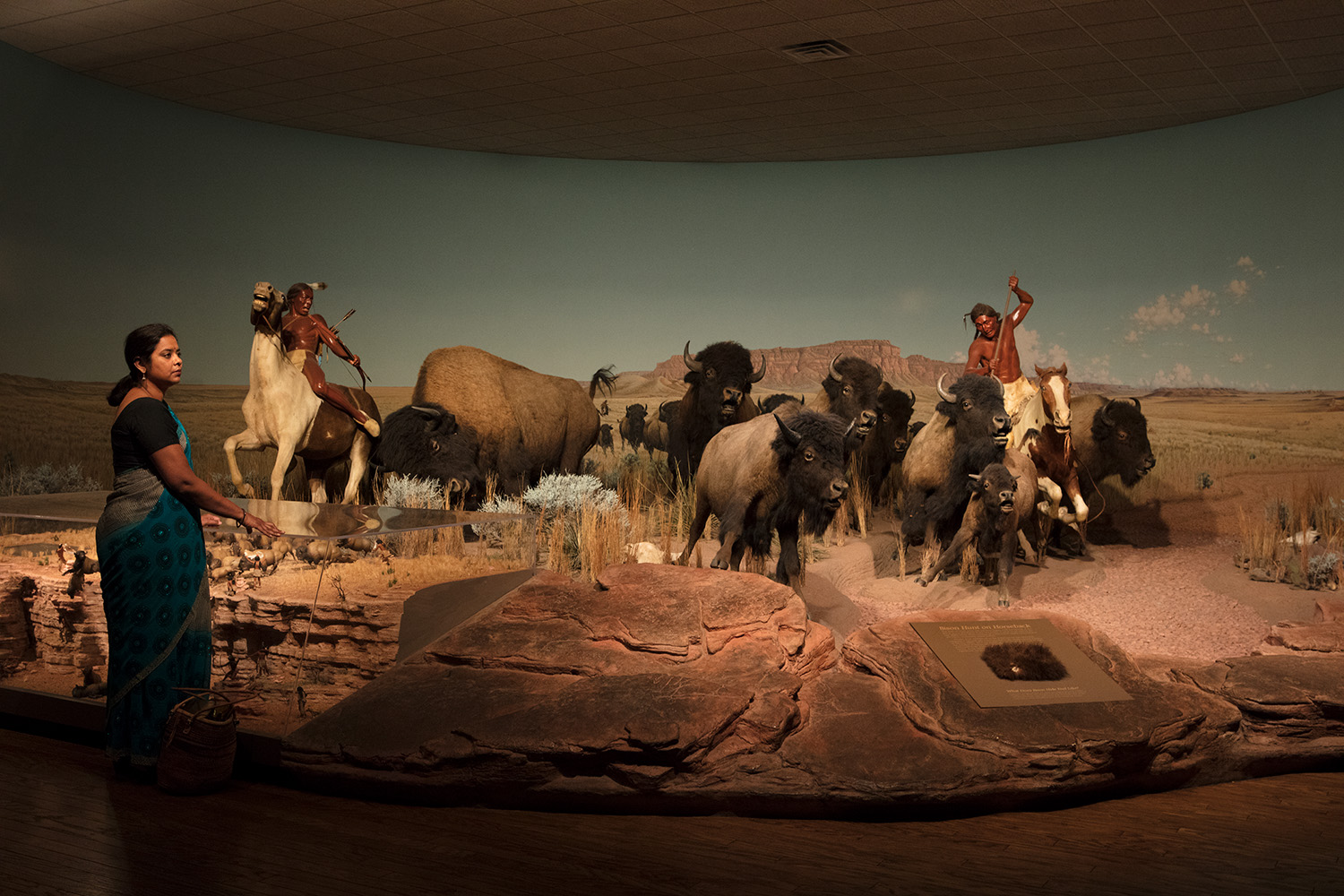
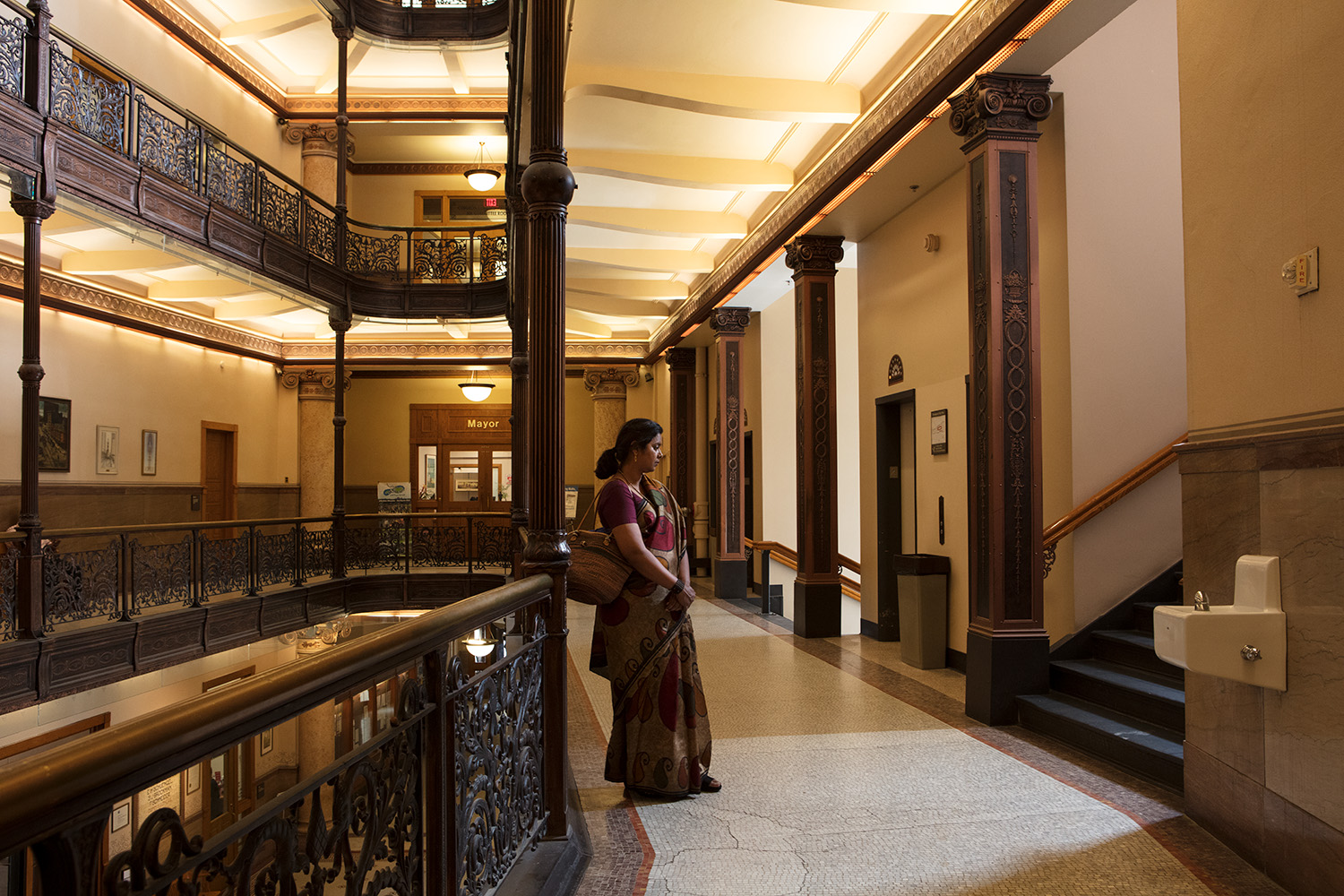
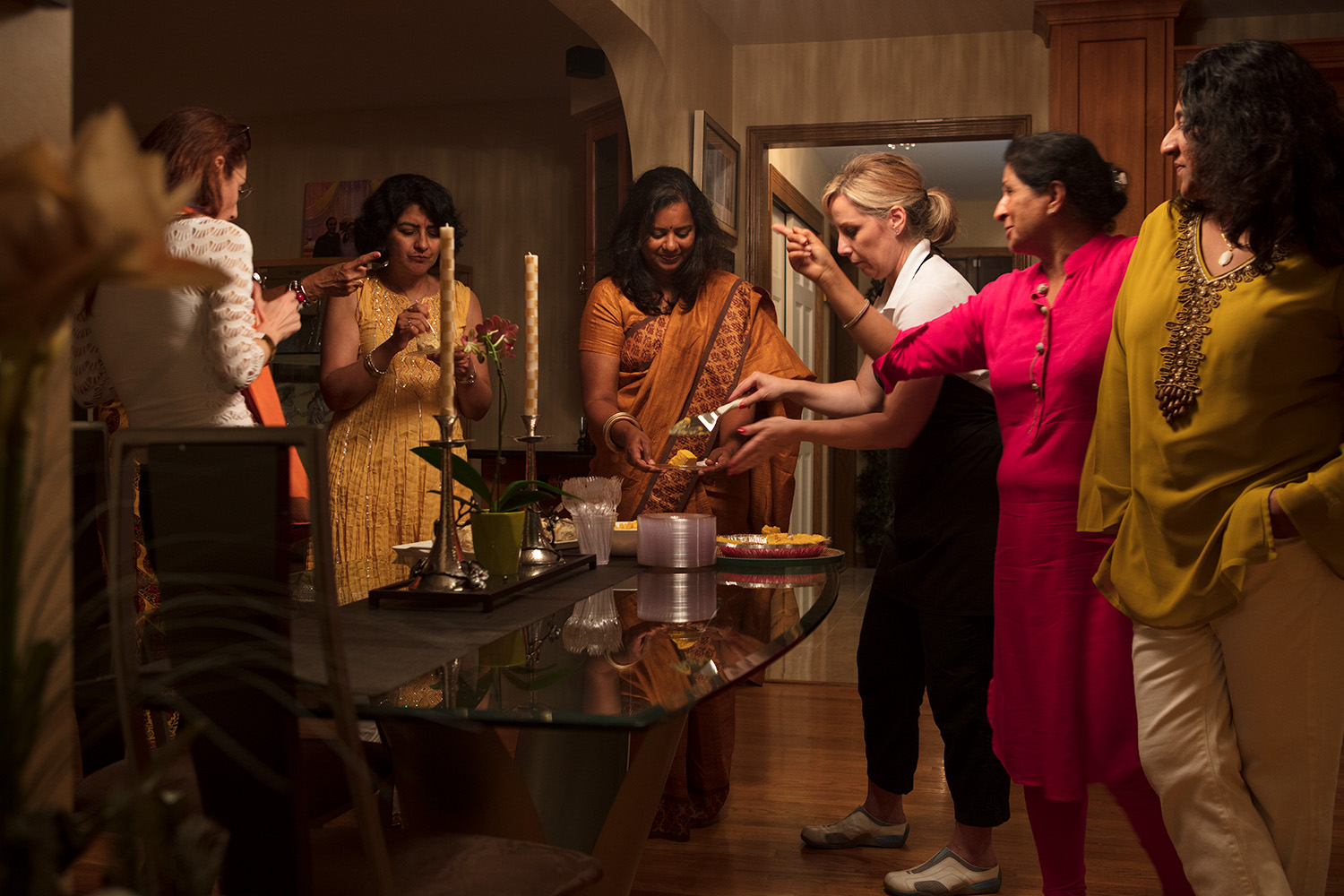


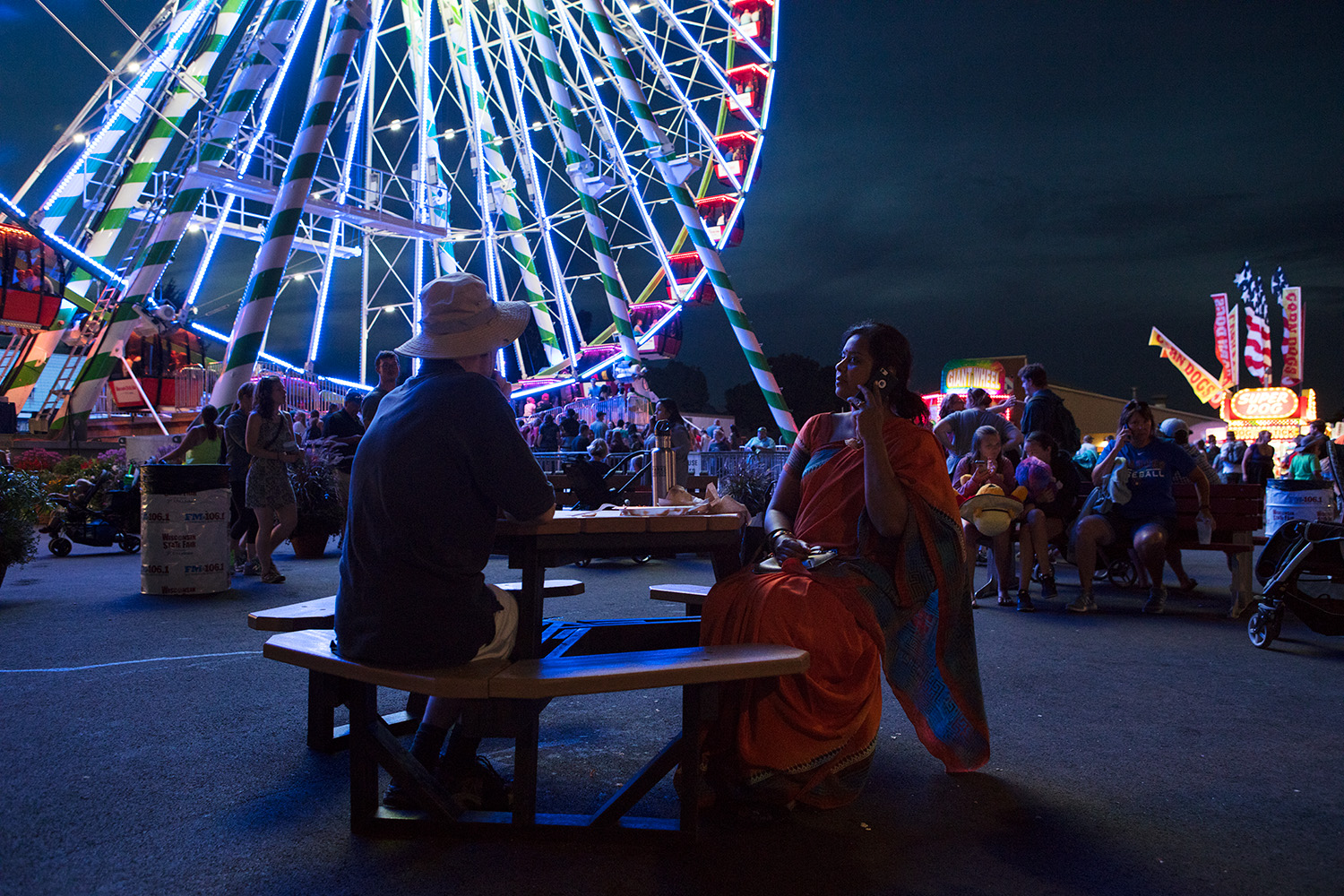
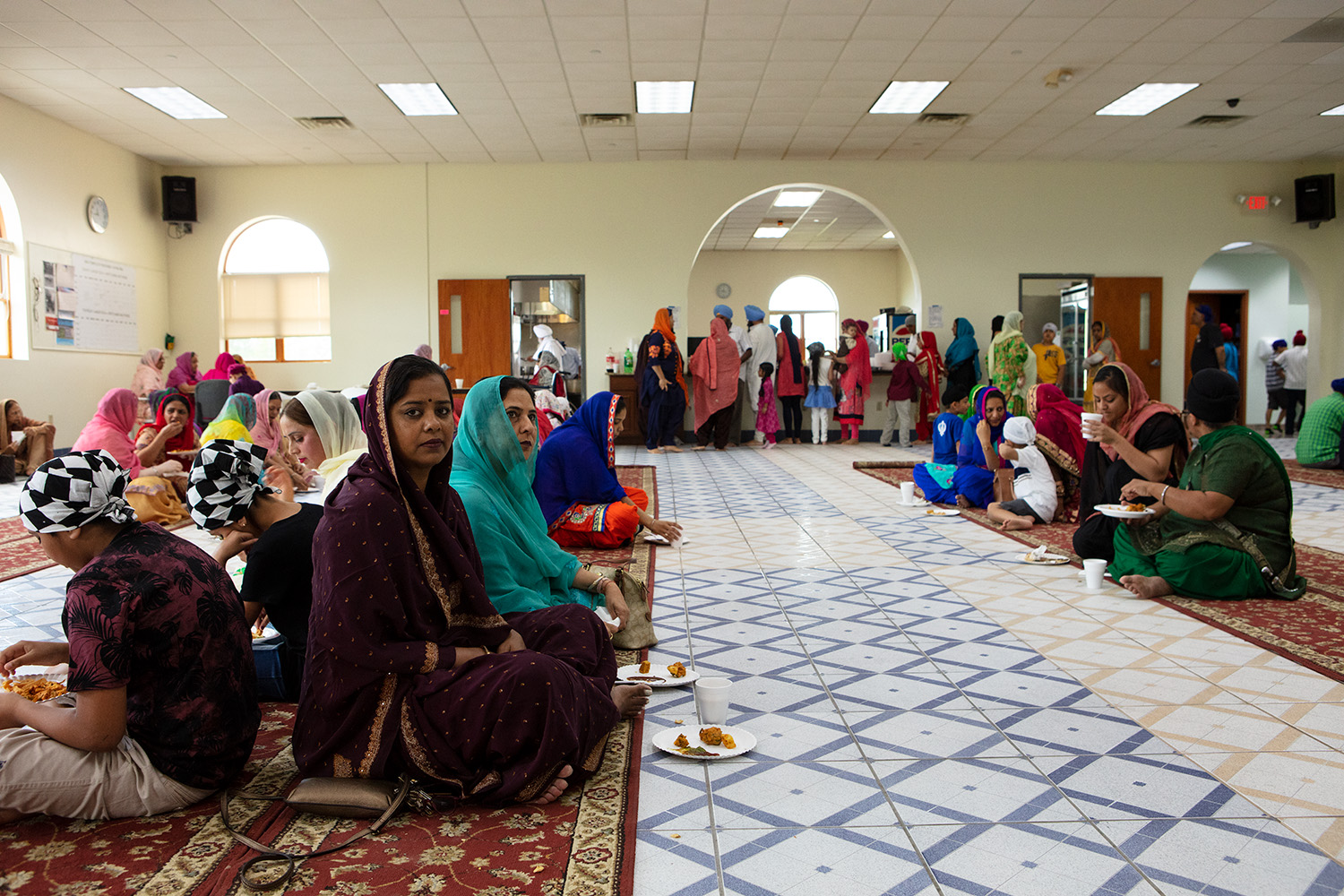
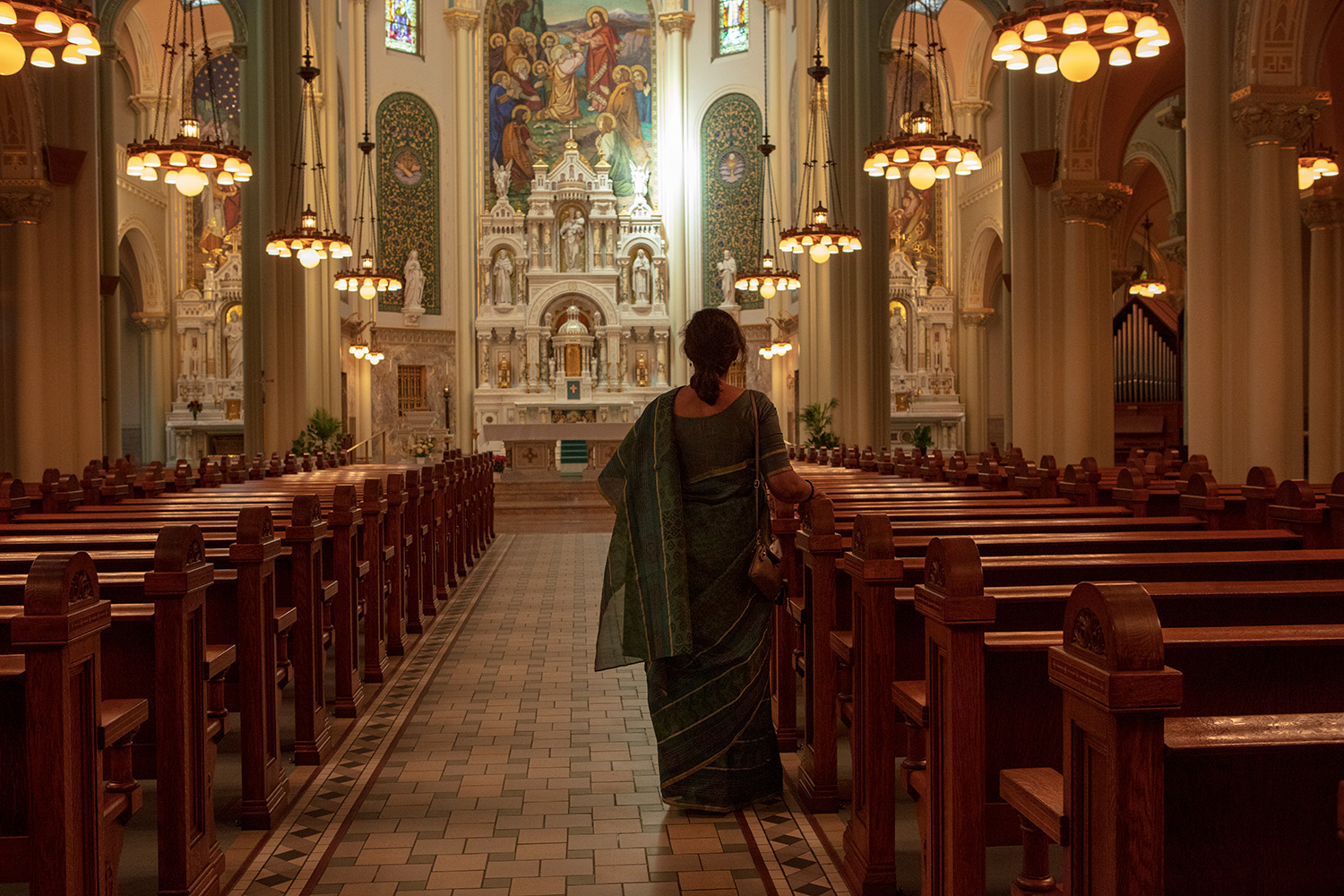

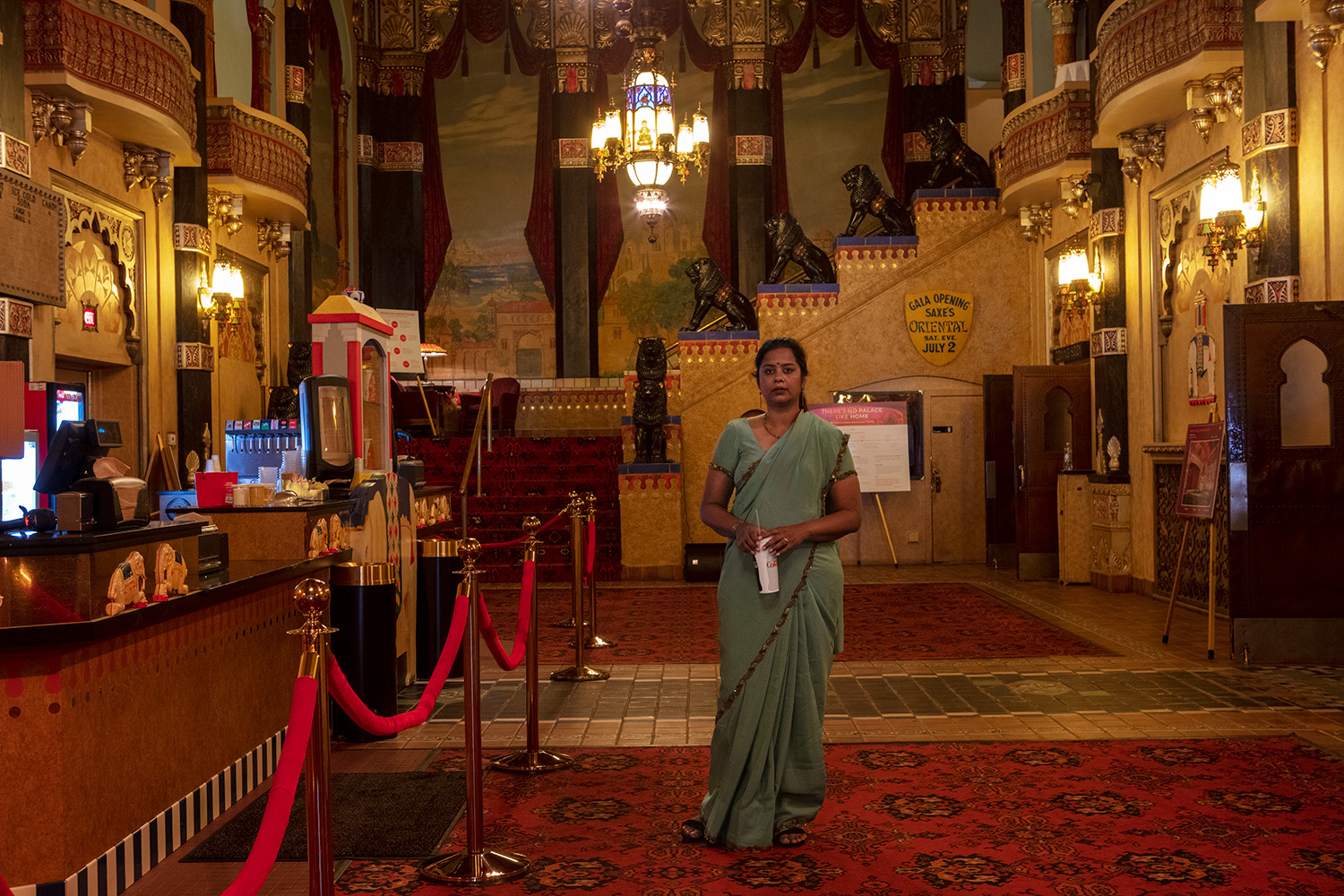
Reaching through 5 ½ yards, 8497 miles
Seventy Archival pigment prints (37.5x50”)
Raja moved to the United States 28 years ago while Bielefeld is a Milwaukee native. Recent political events of the Trump era have given voice to xenophobia and racism compelling the two artists to examine how initial perception of the ‘other’ occurs. People innately categorize and stereotype. Costume plays a large part in the recognition of identity. Raja has amassed over 150 saris as they are an integral part of her culture, but living in Milwaukee she rarely wears them due to both internalized social pressures and practicality. She is now wearing the sari as an act of resistance against conformity and reclaiming the right to look different and yet belong. While wearing one of her barely used saris, she traverses Milwaukee’s urban landscape as Bielefeld documents her movement. They have photographed in both mundane and landmark locations and also at quintessential Milwaukee events such as the Wisconsin State Fair. Part social experiment and part performance, the work has become a statement of occupying space in a town where Raja has only felt superficially at home. This body of work brings together Bielefeld’s innate understanding of the Midwest with Raja’s efforts to understand the city.
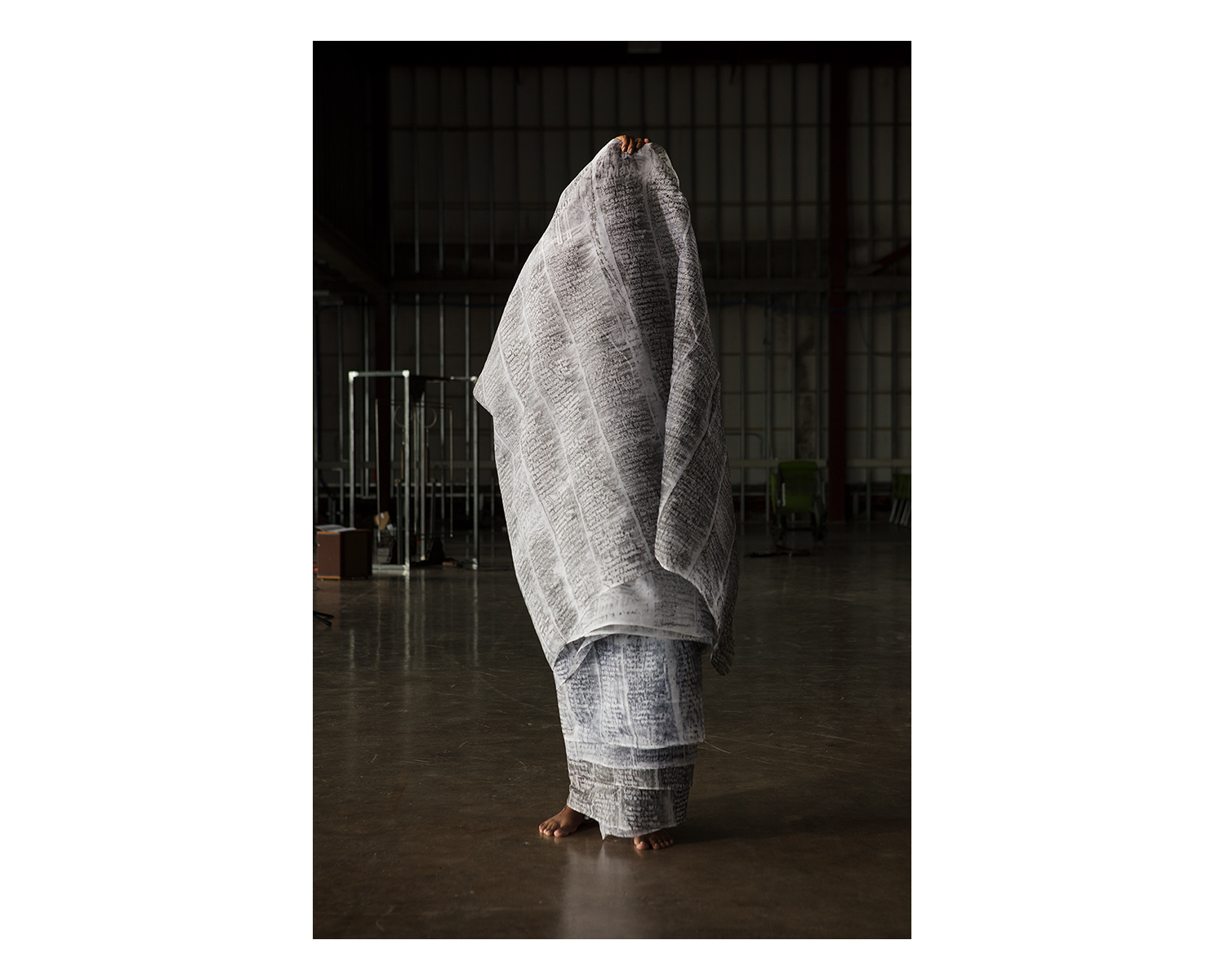
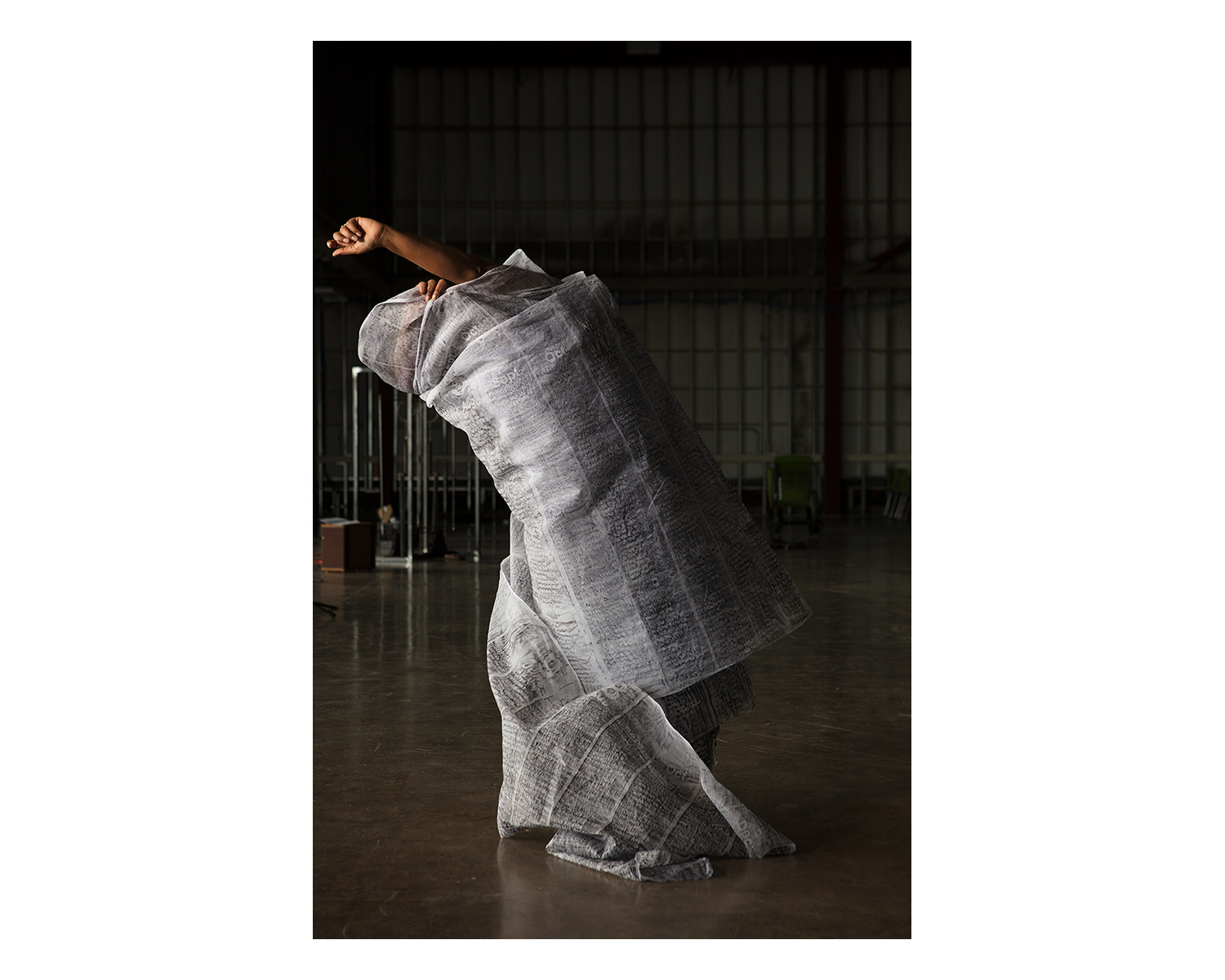
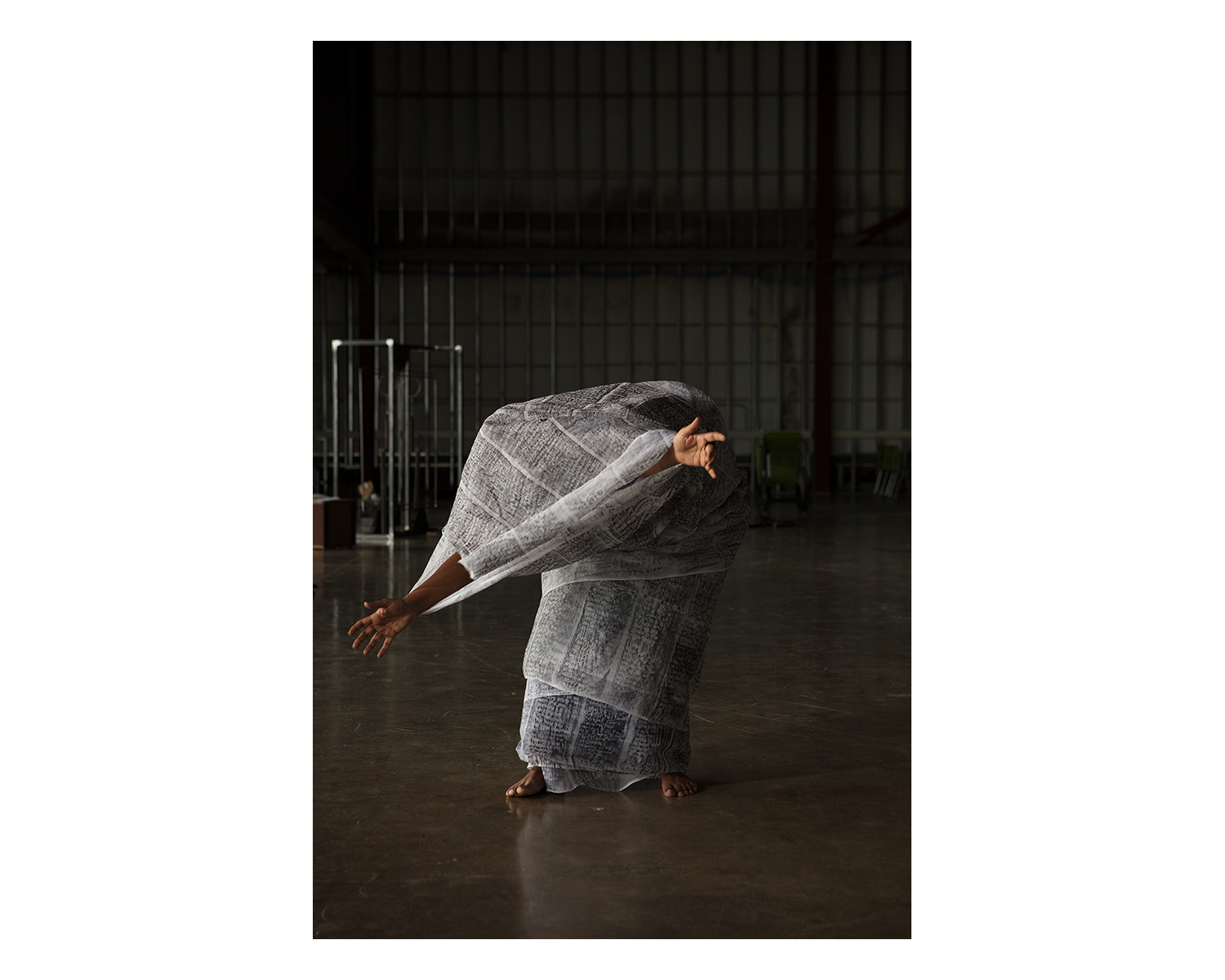

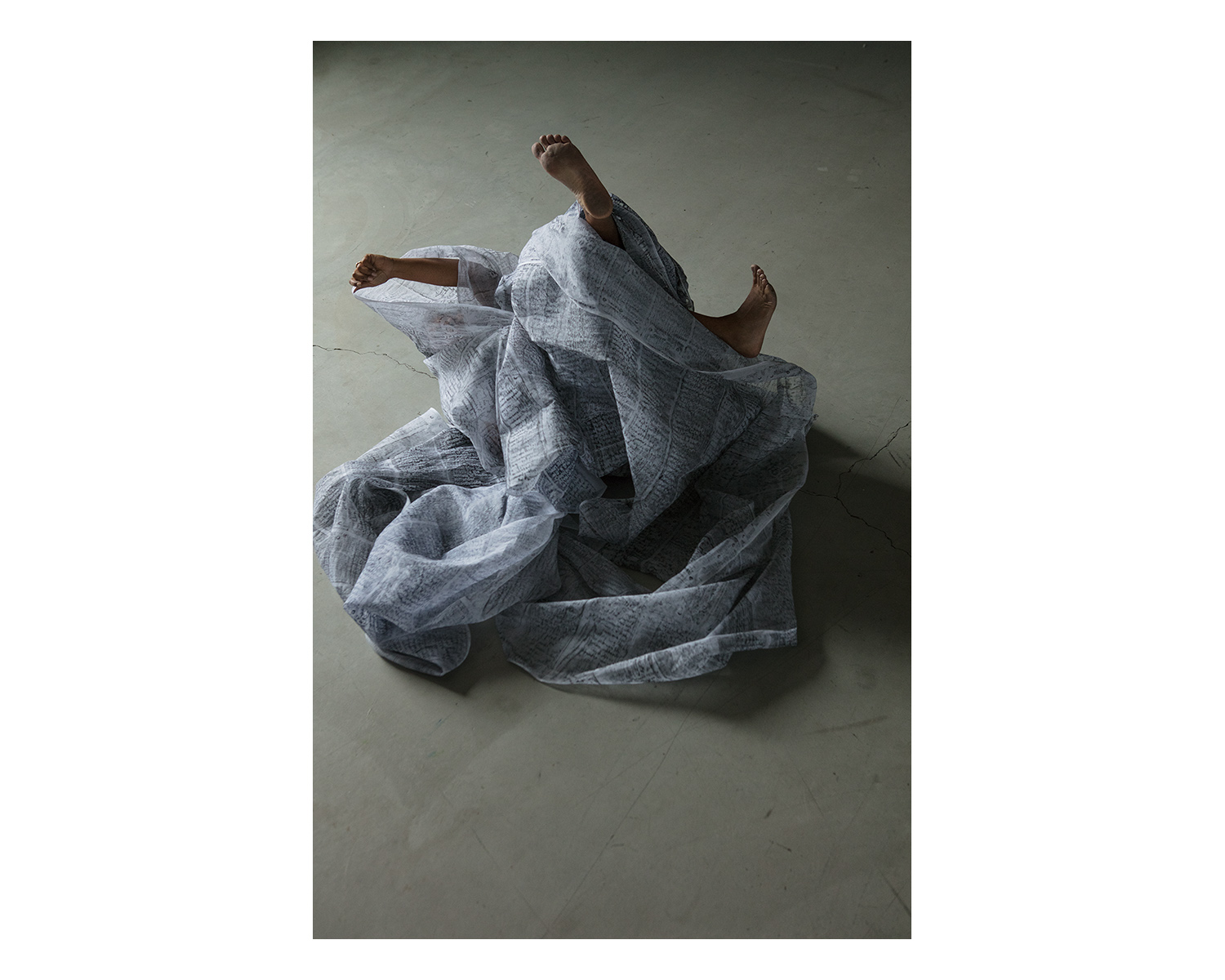
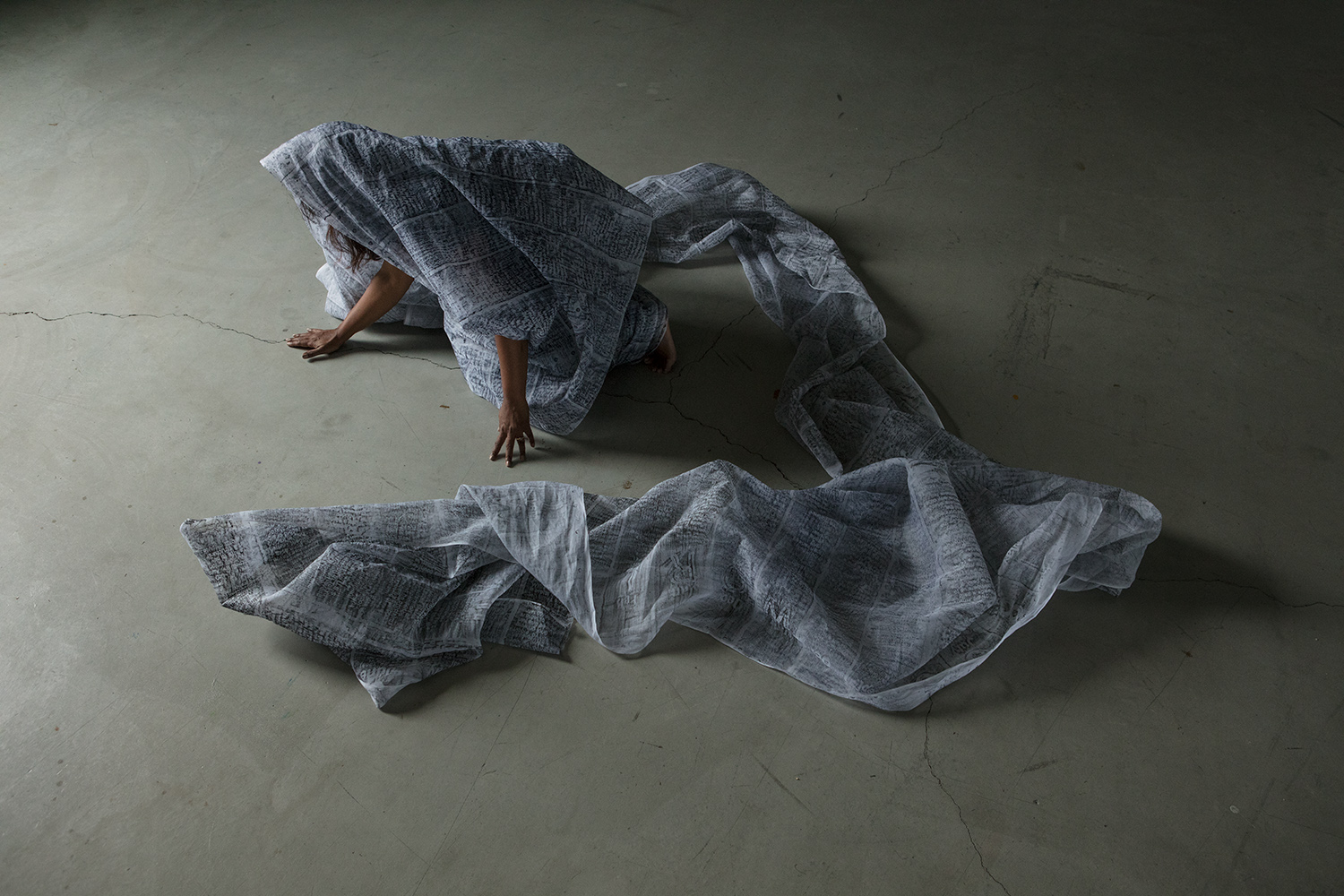
What is recorded | What is remembered
· 12 Still Photographs (50x37.5”)
· 3 channel video installation (13 minutes, 45 seconds)
· 1 Single Channel video (5 minutes, 30 seconds)
· Timeline fabric installation
· Audio archive interactive station
What is recorded | What is remembered responds to an engraved timeline of Wisconsin and America’s history on Milwaukee’s river-walk. Raja made a rubbing of sections of this timeline on 30 meters of fabric with the intent to explore how she fits into American history. The fabric then became a prop for twelve performance-based photographs and two separate video works that bring attention to our fraught relationship to history. With an implicit understanding that history is written by victors (usually male) and with plenty of gaps and errors, they choreographed sequences that evoke our conflicted relationship with history. In the three-channel video work the fabric and ritual actions are performed by nineteen women. History is visualized as a membrane that connects, divides, filters and binds. They made a deliberate choice to give prominence to women from diverse backgrounds and stand in for marginalized communities and pay homage to their crucial role in this nation’s story. A further examination of history and women’s voices is heard in an on-going audio archive called In their words. These works address the slippage of time, inter-connectedness, and the burden of responsibility.
Installation shot of In their Words, 2019 (audio archive station) at The Warehouse Museum.
Installation view of Timeline, 2018. Organdy fabric and encaustic stick. 60”x1182” (The Warehouse Museum)


